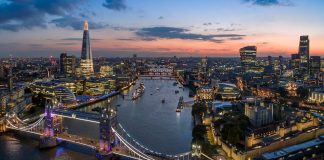Help Gorilla Conservation
Help Nightly to raise vital funds for gorilla conservation by taking park in a gorilla trek in Bwindi Impenetrable Forest in the far southwestern tip of Uganda and Volcanoes Park of Rwanda. This will be the adventure of a lifetime in the jungles of Africa.





















